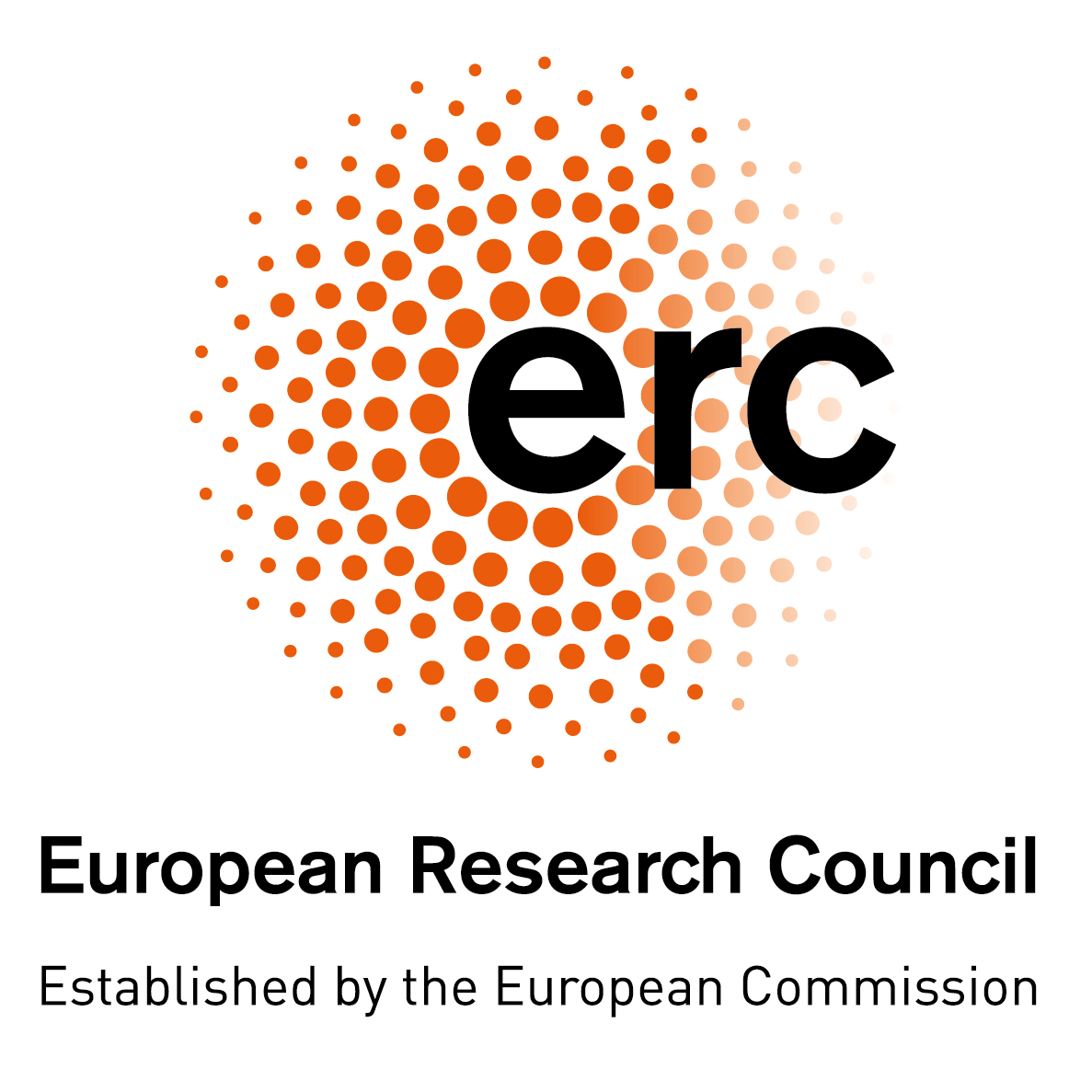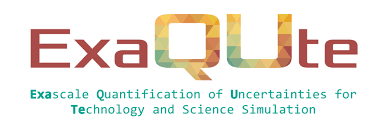Projects
Performance tools and analysis, Code optimization, Parallel programming models, Productivity High Performance Computing is becoming a fundamental tool for the progress of science and engineering and as such for economic competitiveness. The growing complexity of parallel computers is leading to a situation where code owners and users are not aware of the detailed issues...
The main goal of MaX is to allow the pre-exascale and exascale computers expected in Europe in the 2020s to meet the demands of a large and growing base of researchers committed to materials discovery and design. This goal will be achieved through:
- an innovative software development model, based on the concept of separation of concerns, that will enable...
This project aims to establish a Center of Excellence to prepare flagship codes and enable services for Exascale supercomputing in the area of Solid Earth (SE). ChEESE will harness European institutions in charge of operational monitoring networks, tier-0 supercomputing centers, academia, hardware developers and third-parties from SMEs, Industry and public-governance.
Mineral dust emission is ubiquitous in arid and semi-arid areas, representing a serious hazard for health, environment, and economy in many countries, in particular some of the least developed. Dust is a dominant contributor to the global aerosol load and plays a significant role in different aspects of climate and atmospheric chemistry. A key uncertainty in estimating...
Atmospheric chemistry, atmospheric composition, air pollution, Climatology and climate change, Physical geography, Earth observations from space/remote sensing, Dust aerosols; Mineralogy; Physics of emission; Climate; Modelling; Spectroscopy Soil dust aerosols are mixtures of different minerals, whose relative abundances, particle size distribution (PSD), shape, surface...
The European Cloud Initiative implementation encompasses different elements and will require a solid governance setup. Acornerstone of this governance is a Joint Undertaking, planned to start activities in 2019. HPC-GIG proposes intelligence gathering services from the European HPC stakeholders to this future HPC Governance - HPCG. It aims to facilitate atimely start of its...
Atmospheric particles coming from various sources such as in desert dust, biomass burning emissions or volcanic ashes can cause significant problems in aviation such as rerouting due to poor visibility, disturbance in airport operations, massive cancelling of scheduled fights and mechanical problems such as erosion, corrosion or abrasion (engine flame out in flight). Remember...
The ExaQUte project aims at constructing a framework to enable Uncertainty Quantification (UQ) and Optimization Under Uncertainties (OUU) in complex engineering problems using computational simulations on Exascale systems. The stochastic problem of quantifying uncertainties will be tackled by using a Multi Level MonteCarlo (MLMC) approach that allows a high number of...
The current HPC facilities will need to grow by an order of magnitude in the next few years to reach the Exascale range. The dedicated middleware needed to manage the enormous complexity of future HPC centers, where deep heterogeneity isneeded to handle the wide variety of applications within reasonable power budgets, will be one of the most critical aspects in the evolution...
Europe has made significant progress in becoming a leader in large parts of the HPC ecosystem: from industrial and scientific applicationproviders via system software to Exascale systems, bringing together technical and business stakeholders. Despite such gains, excellence inresearch in high performance computing systems is fragmented across Europe and opportunities for...









